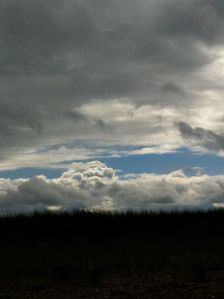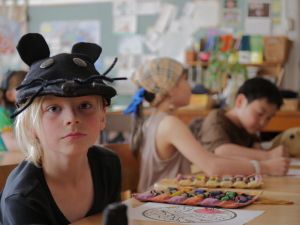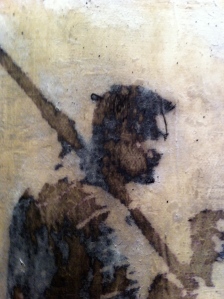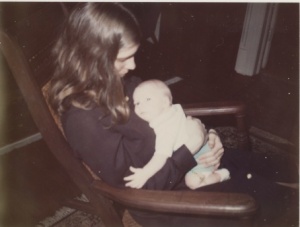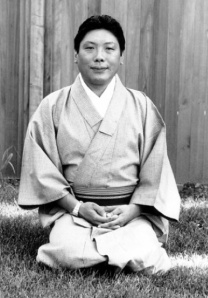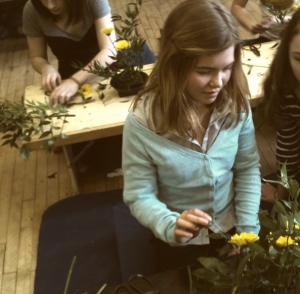“It really was a wild one, but summer has come and gone/ A lot of nice people faaaaaaaaaade away…” –Butthole Surfers
I had a dream the other night that I was in my classroom and some of the other teachers were there watching me, along with my students, and I had absolutely no idea what I was supposed to do. I wonder if anyone could possibly interpret this dream for me?
We all feel anxiety when it’s time to go back to school, and that anxiety is due to habitual patterns. Well…and students. And parents. And coworkers. And meetings. And work. But pretty much it’s habitual patterns.
Habitual patterns are ways we try to get through our lives unscathed by reality. They are the ways we harden against the world rather than letting it touch us in all its bittersweet fullness. For many, many people, work is a realm of habitual patterns with few opportunities for space. With no space there’s no appreciation, and without appreciation there’s no kindness, and without kindness it’s pretty much wall-to-wall suffering.
It’s amazing that for teachers there is actually a built in cycle of the seasons which can allow us space to experience different times of the year in different ways. We have seasons of work and seasons of renewal. And when we feel the first crisp, smoky breezes of autumn we know it’s time to turn our mind back toward work. It’s time to start looking into the nitty gritty preparations. As Trungpa Rinpoche once described, when we begin a new venture, at first we are so inspired by the vast possibilities, but soon we find ourselves in the jaws of the crocodile.
A student asked him, What do you do then?
He replied, Examine every tooth.
We know we can’t escape, so now is the time for attending to the details as we prepare for the campaign of a new year. But as our attention is drawn into the realities of schedules and supplies and tasks, we also have an opportunity to create a new pattern, one that will reverse the inward-tightening spiral of habitual patterns and create simplicity in the midst of our daily routines. Before we are completely swept back into the flow, we can decide to establish space for ourselves to be with ourselves. This is forming the habit of meditation practice.
 The idea of meditation practice by itself is not helpful. But actually practicing meditation creates a gap in which we can rest our minds and nurture ourselves with kindness and innate goodness. We need to make this a part of our routine. Creating this gap disrupts the mindless momentum of habits.
The idea of meditation practice by itself is not helpful. But actually practicing meditation creates a gap in which we can rest our minds and nurture ourselves with kindness and innate goodness. We need to make this a part of our routine. Creating this gap disrupts the mindless momentum of habits.
Practice is not just for our own well being. Sitting is a proclamation of the heart. It’s defiance of business as usual. It’s how we care for humanity.
Sitting is a ceremony of honouring our inheritance. It’s a practice of respecting ourselves, appreciating our existence. With respect for ourselves we can remember to practice respecting our work. We don’t have to like our work all the time. Work is often challenging and problematic, but if we don’t respect our work it becomes a ceremony of drudgery, a theatre of habitual patterns. We should honour our time, our activity, our place, and the people who share those things as sacred. We don’t have to make a big deal about any of it–sacred is ordinary, but ordinary is not mundane.
Warm regards and best of luck going back to school!
Noel


